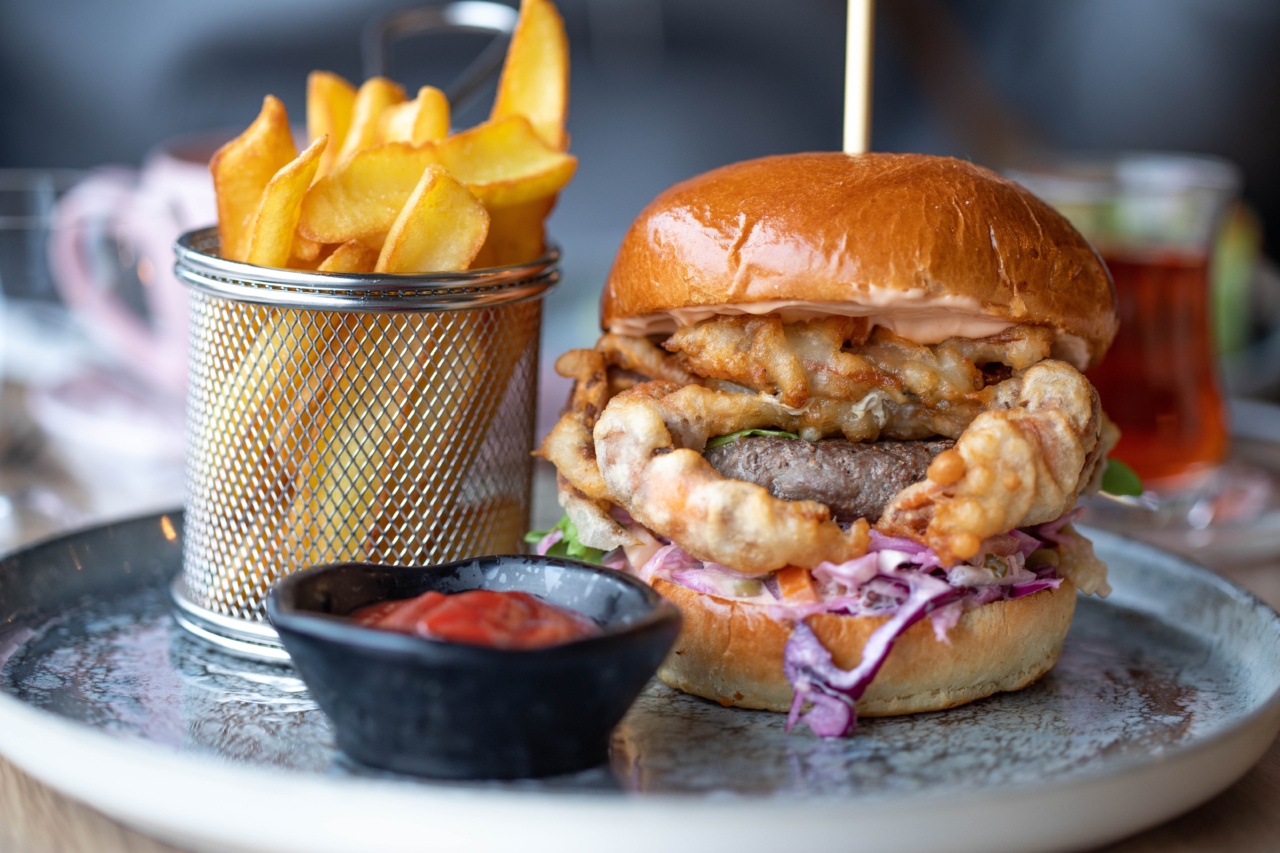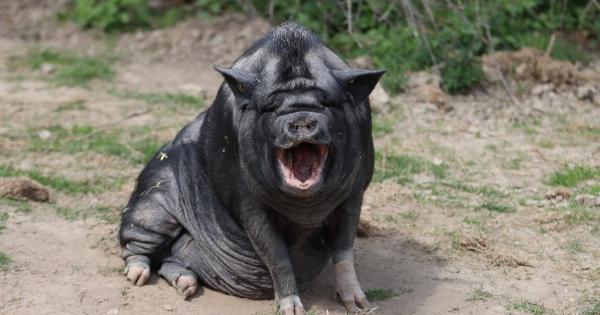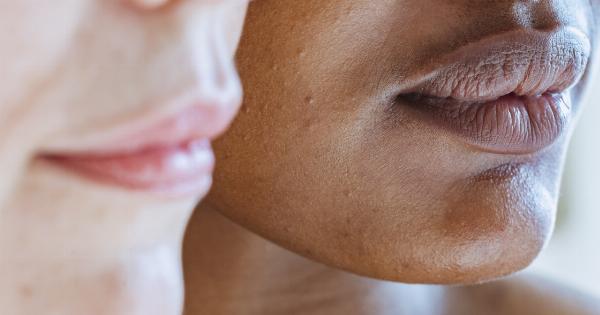When it comes to managing our weight and ensuring a healthy body, most of us focus on what we eat and how often we exercise.
But did you know that certain factors related to your hair can also contribute to weight gain? Yes, you read that right! Your hair can actually become fat, and it’s time to dive into the details and uncover the truth about this lesser-known phenomenon.
Hormonal Imbalance and Hair Fat
One of the main culprits behind hair fat is hormonal imbalance. Hormones like estrogen, testosterone, and insulin play a pivotal role in various bodily functions, including hair growth and thickness.
When there’s an imbalance in these hormones, it can negatively impact your hair, causing it to become flat, heavy, and appear “fat.”.
Estrogen, for instance, is responsible for promoting hair growth and maintaining its lustrous appearance. However, excessive levels of estrogen can lead to hair becoming oily and weighed down.
Similarly, imbalances in testosterone and insulin levels can disrupt the hair growth cycle, leading to hair that appears greasy and flat.
Overactive Sebaceous Glands and Hair Fat
The sebaceous glands in our scalp produce natural oils known as sebum, which help keep our hair moisturized and healthy.
However, when these glands become overactive, they produce an excess amount of sebum, giving your hair an oily and “fat” appearance.
Various factors can trigger the overproduction of sebum, including stress, hormonal fluctuations, genetics, and certain hair products.
If you notice your hair becoming greasy and weighed down shortly after washing it, you may have overactive sebaceous glands contributing to hair fat.
Dietary Habits and Hair Fat
Believe it or not, what you eat can also impact the overall health and appearance of your hair. A diet high in processed foods, saturated fats, and sugar can contribute to hair becoming greasy and heavy.
These unhealthy dietary choices can disrupt the hormonal balance in your body, leading to an increase in sebum production and ultimately resulting in hair fat.
Additionally, deficiencies in essential nutrients like vitamins A, D, E, and B can also affect the health of your hair. Adequate consumption of these vitamins promotes healthy hair growth and prevents excess sebum production.
Therefore, a balanced diet that includes fruits, vegetables, lean proteins, whole grains, and healthy fats is crucial for maintaining vibrant and weightless hair.
Styling Habits and Hair Fat
We all love experimenting with different hairstyles, but some styling habits could be contributing to hair that appears fat.
The excessive use of styling products like gels, mousses, and hairsprays can leave behind residue, weighing down your hair and making it look limp.
Additionally, frequent heat styling using straighteners, curling irons, and blow dryers can damage the hair shaft and cause dehydration.
This prompts your scalp to produce more sebum to compensate for the lost moisture, resulting in hair that appears oily and fat.
Health Conditions and Hair Fat
Certain underlying health conditions can also affect the health and appearance of your hair, leading to hair fat.
Conditions like hypothyroidism, where the thyroid gland doesn’t produce enough hormones, can cause your hair to become dry, brittle, and greasy at the roots.
Skin conditions like seborrheic dermatitis, characterized by redness, itching, and flaky skin on the scalp, can also contribute to hair becoming oily, heavy, and fat.
Additionally, polycystic ovary syndrome (PCOS), a hormonal disorder common among women, can lead to excessive sebum production, resulting in greasy-looking hair.
How to Prevent and Manage Hair Fat
Now that you understand the various factors that can contribute to hair becoming fat, let’s explore some strategies to prevent and manage this issue:.
1. Balance Your Hormones
If you suspect hormonal imbalances are causing your hair to appear fat, consult with a healthcare professional. They can evaluate your hormone levels and recommend appropriate treatments to restore balance.
2. Maintain a Healthy Diet
Eat a well-balanced diet rich in vitamins, minerals, and essential nutrients to support healthy hair growth and prevent excess sebum production.
Incorporate foods like salmon, avocados, spinach, sweet potatoes, and almonds into your diet for optimal hair health.
3. Avoid Overwashing
While it may be tempting to wash your hair frequently to combat greasiness, overwashing can strip away the natural oils, prompting your scalp to produce more sebum. Aim to wash your hair every other day or every two days to maintain a healthy balance.
4. Use Suitable Hair Products
Choose hair products specifically formulated for your hair type and avoid those that contain harsh chemicals or heavy oils. Look for lightweight and volumizing shampoos and conditioners that provide hydration without weighing down your hair.
5. Be Mindful of Styling
Minimize the use of heat styling tools and opt for heat protectant sprays when you do. Avoid applying excessive amounts of styling products, as they can build up and make your hair appear heavy.
Embrace simple hairstyles that allow your hair to breathe and remain weightless.
Conclusion
Understanding the factors that contribute to hair fat is essential for maintaining healthy, weightless locks. Hormonal imbalances, overactive sebaceous glands, dietary habits, styling choices, and underlying health conditions can all play a role.
By making conscious choices regarding our diet, styling habits, and overall hair care, we can ensure our hair stays voluminous and full of life.




























